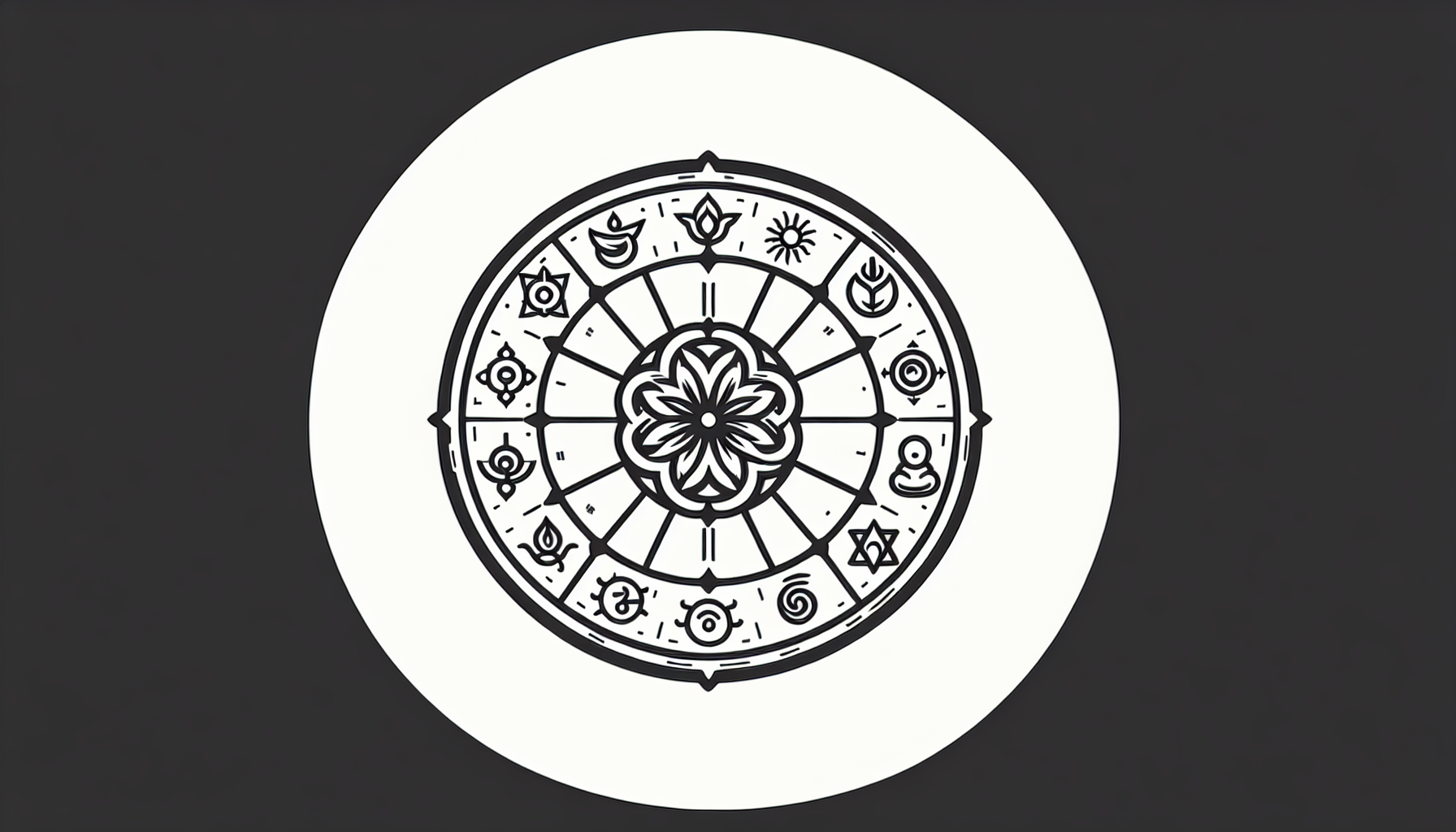The Subway Oracle: Navigating the World's Urban Web

The origin story of The Subway Oracle is as inspiring as it is unconventional. From a young age, they were captivated by the art and logic of maps. While other children spent their time playing video games or watching cartoons, they immersed themselves in transit diagrams, tracing routes with their fingers and imagining themselves journeying through cities they had never visited. What began as a childhood fascination grew into a remarkable cognitive ability. The Oracle didn’t just memorize subway maps—they engaged with them on a deeper level, treating each as a story of urban culture and infrastructure. "Every subway map is like a fingerprint," they explained in an interview. "It captures the essence of the city it serves—its density, its history, its priorities. You can learn so much about a place just by studying its transit system." This passion for decoding transit networks turned into a lifelong calling. The Subway Oracle honed their skills through years of meticulous study and real-world experience, developing the ability to memorize not only maps but also timetables, fare systems, and even the architectural nuances of individual stations. It’s this holistic understanding that has made them an invaluable resource for transit authorities, urban planners, and tech companies around the world.
A Day in the Life of The Subway Oracle
The life of The Subway Oracle is unlike any other. While their work often involves high-level consulting, their days are grounded in firsthand exploration. They spend much of their time traveling, immersing themselves in the transit systems of cities across the globe. For them, riding the subway isn’t just a means of transportation; it’s both research and recreation, a way to connect with the pulse of urban life. Their extraordinary memory allows them to navigate unfamiliar cities without the need for maps or apps. Fellow passengers often look on in amazement as The Oracle provides detailed directions, suggesting not only the fastest route but also alternatives based on traffic patterns, transfer times, and even the best subway cars to board for a quick exit. This ability extends beyond maps to include an intimate familiarity with the quirks of individual systems. Whether it’s the unique scent of a Tokyo subway station or the Art Deco tiles of New York City’s oldest stops, The Oracle’s knowledge is both technical and deeply personal. As they put it, "These systems are alive. They’re more than infrastructure—they’re a reflection of the people who use them."
The Impact of a Unique Skill
The Subway Oracle’s expertise isn’t just impressive—it’s transformative. Their work has led to tangible social, environmental, and logistical improvements in cities around the world. One of their most notable contributions involved a campaign to increase public transit ridership in a city plagued by traffic congestion and air pollution. By analyzing underutilized routes and proposing incentives such as off-peak discounts and improved signage, The Oracle helped boost transit use by 20% in just one year. Their work in accessibility is equally impactful. Using their encyclopedic knowledge of transit systems, The Oracle has advocated for better accommodations for people with disabilities. This includes recommending station designs that prioritize accessibility and pinpointing gaps in services for those with mobility challenges. In one particularly memorable project, The Oracle identified an overlooked opportunity to connect two major transit lines in a sprawling metropolitan area. This connection saved commuters an average of 15 minutes per trip and significantly reduced congestion on overcrowded routes. "Sometimes, the solutions are right in front of us," they said. "It just takes someone who can see the big picture." Their collaborations with tech companies have also revolutionized navigation apps, making public transit more accessible to casual users while maintaining efficiency for seasoned commuters. By integrating their insights into app design, The Oracle has helped millions of people navigate cities with ease.
The Human Side of the Oracle
Despite their exceptional abilities, The Subway Oracle remains remarkably humble. They attribute their skills to a combination of practice and passion rather than inherent genius. "Anyone can improve their memory if they work at it," they insist. "I just happen to love what I do, and that makes it easier to stay focused." Their unique talent, however, has shaped their personal life in fascinating ways. Traveling with them feels like journeying with a living guidebook, as friends and companions often joke. But their intense focus on transit systems can sometimes make it challenging to connect with people who don’t share their enthusiasm. "Not everyone wants to talk about subway maps at a party," they admit with a chuckle. Ultimately, their work is about more than maps or transit systems—it’s about people. "A good transit system connects people," The Oracle emphasizes. "It makes a city more equitable, more accessible, and more vibrant. That’s what I love about what I do—it’s not just about the trains; it’s about the lives they touch."
The Subway Oracle’s story is a powerful reminder of the value of curiosity, dedication, and the pursuit of one’s passions. What began as an eccentric hobby has blossomed into a career that has improved the lives of millions, proving that even the most niche expertise can have far-reaching implications. In an era of rapid urbanization and growing environmental concerns, public transit is more vital than ever. The Oracle’s work highlights not just the technical importance of efficient transit systems but their cultural and social significance as well. So, the next time you glance at a subway map, take a moment to appreciate the complexity and creativity it represents. You might just find yourself inspired to see the world—as The Oracle does—not just as a collection of routes and stations, but as a living, breathing network of human connections.
Transit System Analyst
Metropolitan transit authorities, city planning departments, and transportation consultancy firms like WSP or AECOM
Core Responsibilities
Evaluate and optimize public transit networks by analyzing ridership patterns and service efficiency.
Identify underutilized routes or congestion points and propose actionable solutions to improve flow and accessibility.
Prepare detailed reports for city officials and transit agencies to guide infrastructure investments.
Required Skills and Expertise
Strong data analysis skills with proficiency in tools like GIS, SQL, or Python.
Knowledge of urban transit systems and experience in transportation planning or modeling.
Familiarity with accessibility needs and policies for inclusive transit design.
Urban Cartographer (Specializing in Transit Maps)
Public transit agencies, design consultancies, or freelance opportunities with cities and private transit companies
Core Responsibilities
Design and update transit maps that are both visually appealing and functionally intuitive for diverse audiences.
Collaborate with transit authorities to reflect real-time changes like new routes, station closures, or accessibility updates.
Conduct user research to ensure maps meet the needs of commuters, tourists, and individuals with disabilities.
Required Skills and Expertise
Expertise in graphic design software (e.g., Adobe Illustrator) and GIS mapping tools.
Strong understanding of wayfinding principles and cartographic design best practices.
A keen eye for detail and a passion for urban geography.
Accessibility Consultant for Urban Transit
Accessibility-focused consulting firms, transit authorities, and nonprofit organizations
Core Responsibilities
Assess public transit systems for compliance with accessibility standards like the ADA or equivalent global regulations.
Recommend infrastructure changes, such as elevators, tactile paving, or visual/audio aids, to improve access for people with disabilities.
Advocate for inclusive transit policies and assist in the design of digital tools like apps or signage for diverse users.
Required Skills and Expertise
Deep knowledge of accessibility laws and universal design principles.
Experience working with disability advocacy organizations or in urban development.
Strong communication skills to collaborate with engineers, designers, and policymakers.
Transportation App Product Manager
Tech companies like Google Maps, Citymapper, or Transit App, as well as transit agencies developing proprietary apps
Core Responsibilities
Lead the development of apps designed for transit navigation, ensuring features like real-time updates, route optimization, and user-friendly interfaces.
Work closely with UX/UI designers and software developers to integrate complex transit data into accessible tools.
Analyze user feedback to continually improve app functionality and engagement.
Required Skills and Expertise
Background in product management or software development, with knowledge of APIs and real-time data integration.
Familiarity with public transit systems and commuter behavior.
Strong organizational and leadership skills to balance cross-functional teams.
Sustainable Urban Planner (Transit Focus)
City planning departments, architecture firms, and international organizations like the World Resources Institute
Core Responsibilities
Design urban environments that prioritize public transit, cycling, and pedestrian pathways to reduce car dependency.
Collaborate with city governments to align transit development with environmental goals, like reduced carbon emissions.
Conduct community outreach to ensure new projects address the needs of diverse populations.
Required Skills and Expertise
A degree in urban planning, environmental science, or transportation engineering.
Expertise in sustainability frameworks like LEED or similar certifications.
Strong project management skills and the ability to balance technical and social considerations.


